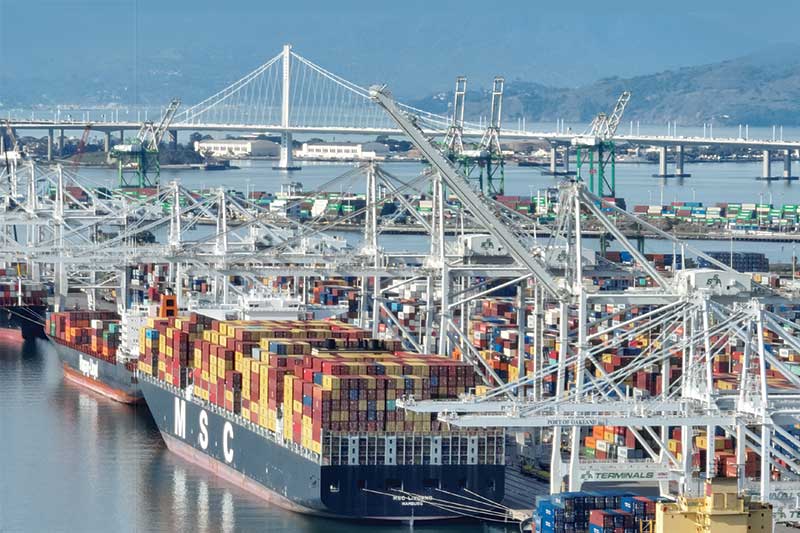
Most shipping lines can avoid US Port fees but Cosco faces major challenge
BEIJING : Container lines would have had no choice but to pay enormous US Port fees under the draft proposal. The final decision should allow most liner operators to avoid fees by redeploying ships. It also singles out one company — China’s Cosco — with the severest penalties.
WHEN ships confront an obstacle — a congestion-clogged port, a drought-stricken canal, a militia-harried strait — they just sail around it. US port fees on Chinese vessels, when they begin in October, are just another hindrance to circumvent.
Workarounds will be a burden for container lines, but they look doable under the watered-down version of the fee plan announced by the US Trade Representative on April 17.
The big question is how China’s Cosco Group, the world’s fourth-largest liner operator, will fare — and how Cosco’s travails will impact the Ocean Alliance.
Cosco is far more heavily exposed to the new US port fees than any other carrier and will have a much harder time rerouting around the obstacle. Trump administration policy will effectively put Cosco at a competitive disadvantage to its rivals in Europe and Asia.
Redeployments instead of surcharges
The final USTR plan will impact a much smaller number of containerships than the initial draft. That makes it much easier for most carriers to reshuffle fleets and remove Chinese tonnage from US trades.
According to data from Drewry Shipping Consultants, 35% of capacity in the Asia-west coast North America lane is Chinese-built and/or operated by Chinese companies, 26% in the Asia-east coast North America lane, and 18% in the North Europe-east coast North America lane.
